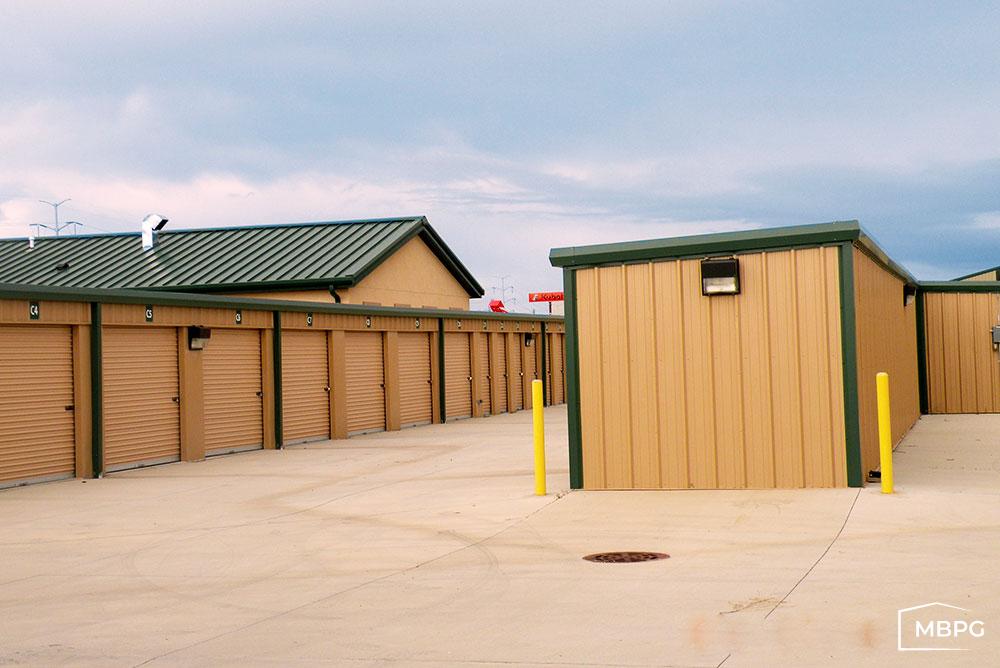When considering mini storage solutions, understanding the associated costs is crucial to making an informed decision. Osoyoos self storage units offer a flexible way to manage belongings, whether you’re dealing with a move, needing extra space, or storing seasonal items. However, the cost can vary based on several factors. This article will explore what to expect regarding mini storage costs and how to budget effectively for your storage needs.
Key Factors Influencing Mini Storage Costs
Let us take a look at some of the primary factors that influence the cost of storage solutions.
Unit Size
The size of the storage unit is a primary factor influencing cost. Mini storage units come in various sizes, typically ranging from small lockers to large rooms. Here’s a general overview:
Small Units (5×5 feet): These are ideal for storing boxes, small furniture, or seasonal items. They are usually the most affordable option, perfect for those needing minimal space.
Medium Units (10×10 feet): Suitable for storing the contents of a one-bedroom apartment, including furniture and appliances. These units are moderately priced and offer a good balance of space and cost.
Large Units (10×20 feet and above): Designed to accommodate the contents of a larger home or substantial business inventory. While these units are more expensive, they provide ample space for significant storage needs.
Choosing the right size can prevent paying for unnecessary space or struggling to fit your belongings into a too-small unit.
Location
Location significantly affects storage unit prices. Units in urban areas or city centers, where space is at a premium, tend to be more expensive than those in suburban or rural locations. In Osoyoos, proximity to popular areas or accessibility to main roads can impact costs. Additionally, facilities closer to high-demand residential or commercial zones may charge more due to convenience.
Duration of Rental
How long you plan to rent the Osoyoos storage unit also influences the cost. Short-term rentals, such as month-to-month leases, often come with a higher monthly rate compared to long-term contracts. Some facilities may offer discounts for committing to a longer lease period, such as six months or a year, which can provide substantial savings over time.
Additional Features and Services
Storage facilities often offer various features and services that can affect the overall cost. These can include:
Climate Control: Units with climate control protect sensitive items from extreme temperatures and humidity, which can be crucial for storing electronics, artwork, or delicate furniture. Climate-controlled units typically cost more than standard units.
Security: Enhanced security features, such as surveillance cameras, gated access, and on-site management, can increase the cost but provide peace of mind.
24/7 Access: Some facilities offer round-the-clock access to your unit, which can be convenient but may come at a higher price.
Insurance: While some facilities include basic insurance coverage, additional coverage might be available or required, adding to the monthly cost.
Hidden Costs to Consider
When budgeting for mini storage solutions, it’s important to be aware of potential hidden costs that might not be immediately obvious:
Initial Fees
Some storage facilities charge administrative or setup fees when you first rent a unit. These fees cover the processing of your rental agreement and other administrative tasks.

Deposits
A refundable security deposit is often required when renting a storage unit. This deposit is typically returned at the end of your rental period, provided you leave the unit in good condition.
Late Payment Fees
Paying your storage unit rent late can result in additional charges. It’s essential to understand the facility’s policy on late payments and any associated fees.
Additional Services
If you need extra services, such as packing supplies, truck rentals, or assistance with moving items into the unit, these can add to your overall costs.
Tips for Budgeting and Saving on Mini Storage
To manage and possibly reduce the costs of mini storage, consider these tips:
Accurately Estimate Your Space Needs
Avoid paying for more space than you need by accurately assessing the volume of items you plan to store. Many storage facilities provide online tools or guides to help you determine the right unit size.
Compare Prices and Services
Research and compare multiple Osoyoos self storage to find the best combination of price and features. Look for promotions or discounts for new customers or long-term rentals.
Utilize Discounts and Deals
Take advantage of any available discounts, such as student, military, or senior discounts. Many facilities also offer introductory rates or special offers that can significantly reduce your initial costs.
Consider Location vs. Convenience
Weigh the cost savings of choosing a unit in a less convenient location against the benefits of easy access. Sometimes, a slightly less convenient facility can offer significant savings.
Negotiate Terms
Don’t hesitate to negotiate terms with the storage facility. Some may be willing to offer lower rates or waive certain fees, especially if you commit to a longer lease.
Final Thoughts
Understanding the costs associated with mini storage is crucial for making an informed decision and managing your budget effectively. By considering factors like unit size, location, rental duration, and additional features, you can select a solution that meets your needs without breaking the bank. Keep an eye out for hidden costs and take advantage of savings opportunities to get the most value from your Osoyoos mini storage. With thoughtful planning and research, you can find an option that provides both convenience and cost-effectiveness, ensuring your belongings are safe and accessible when you need them.
